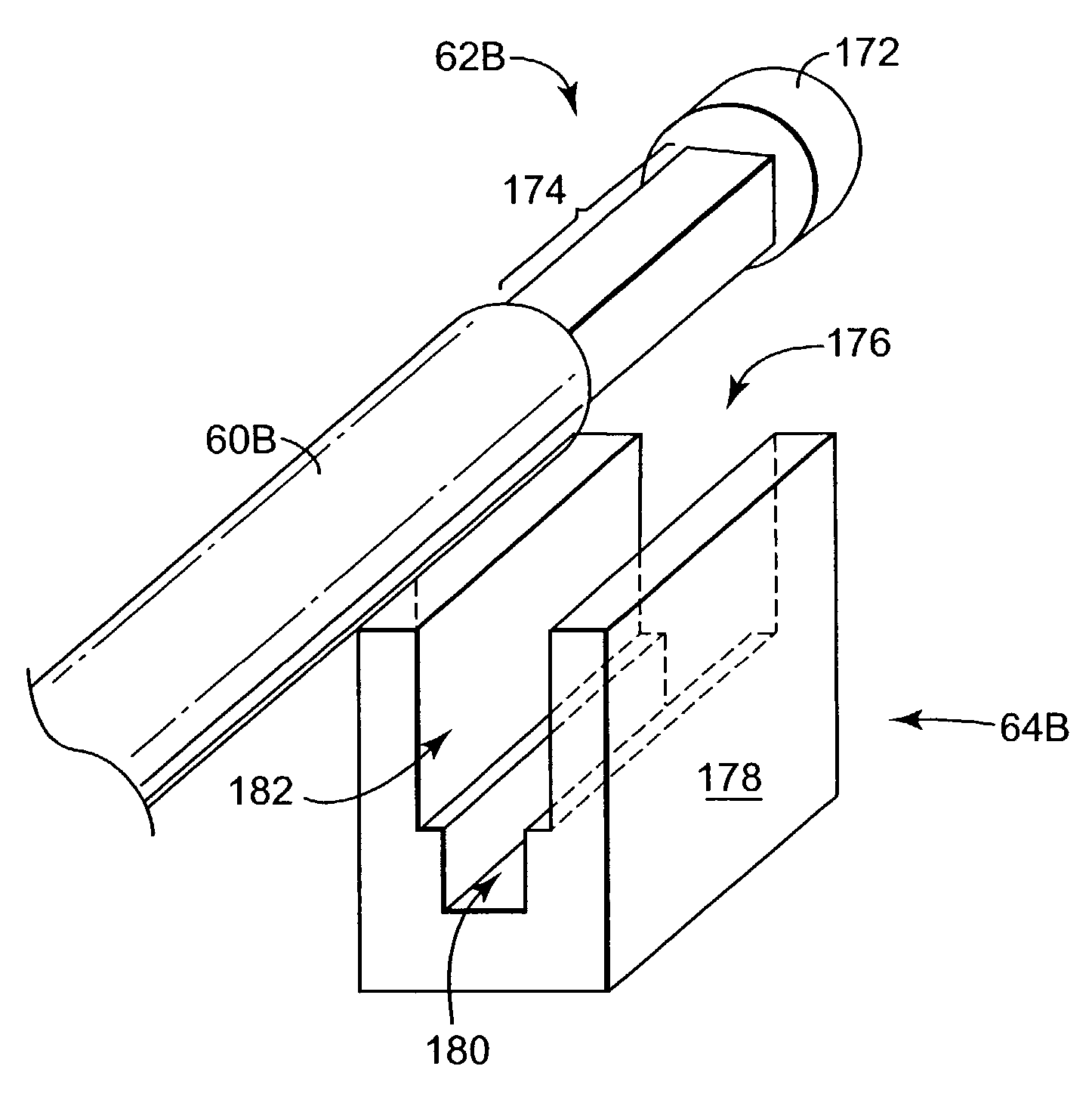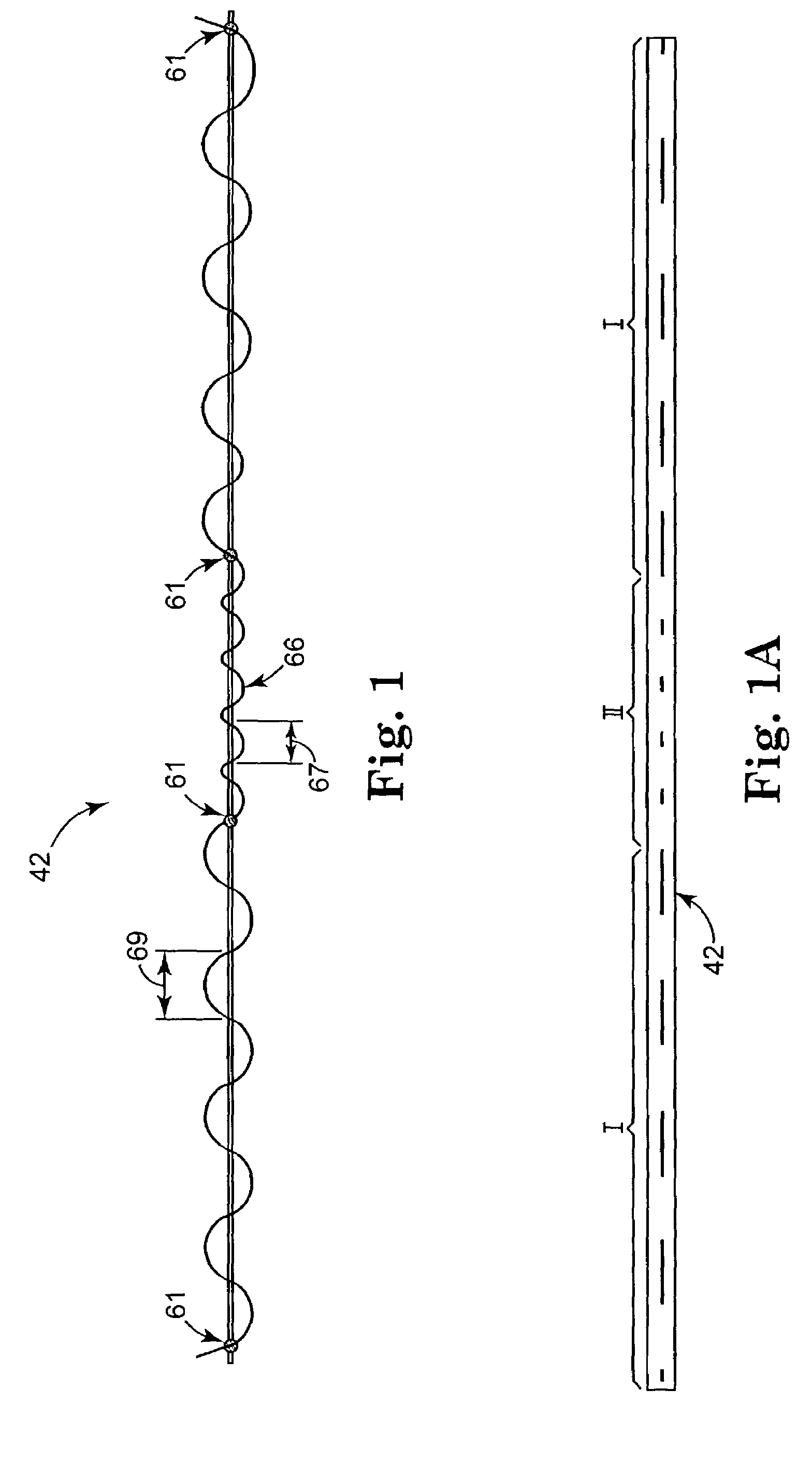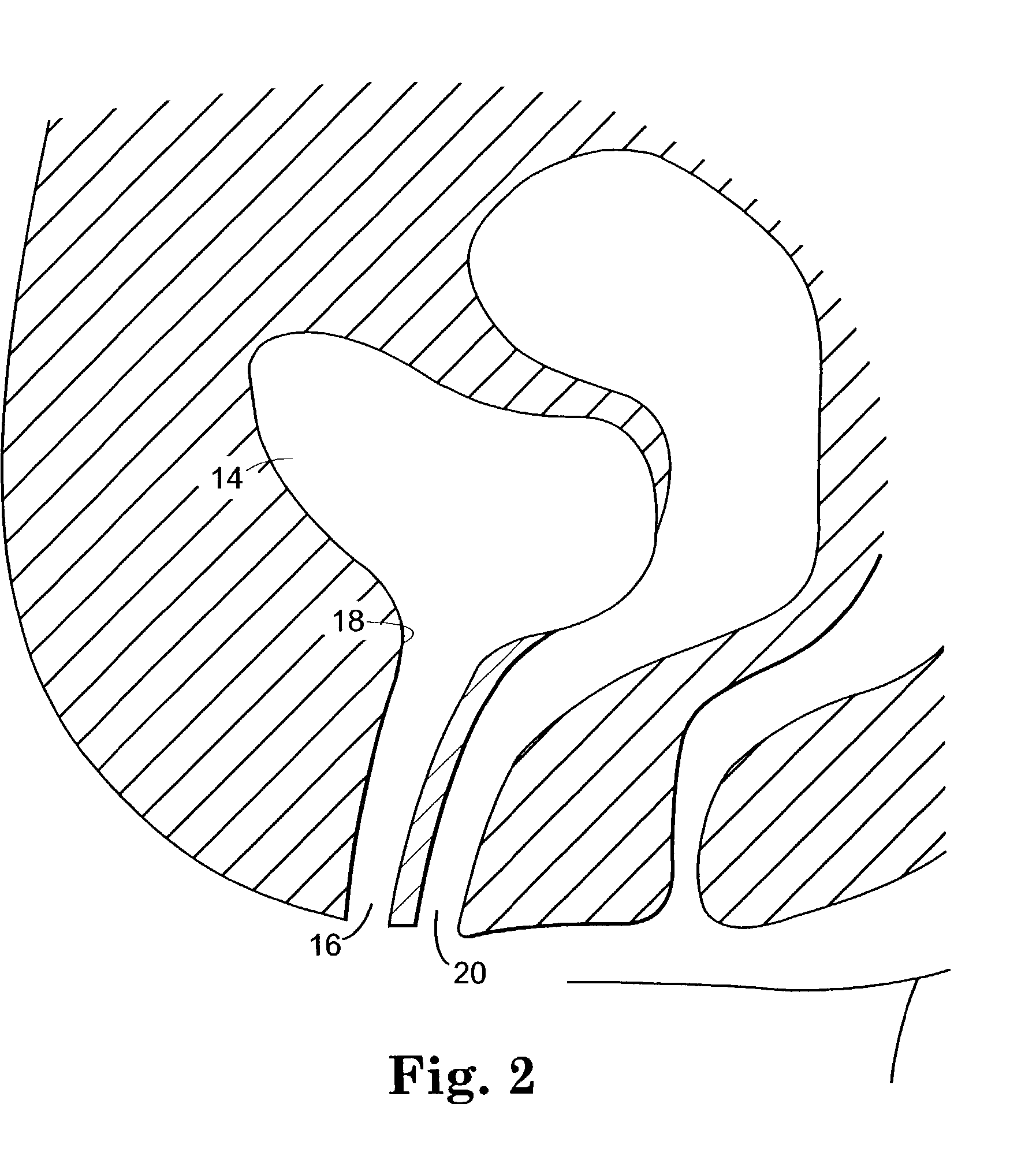Other factors, such as trauma to the urethral area,
neurological injury, hormonal imbalance or medication side-effects, may also cause or contribute to incontinence.
Inappropriate bladder contractions and weakened
sphincter muscles usually cause this type of incontinence.
Functional incontinence results when a person has difficulty moving from one place to another.
Although serious complications associated with sling procedures are infrequent, they do occur.
Complications associated with the TVT procedure and other known sling procedures include injury to blood vessels of the pelvic sidewall and
abdominal wall, hematomas,
urinary retention, and bladder and bowel injury due to passage of large needles.
One serious
disadvantage of the TVT procedure, particularly for surgeons unfamiliar with the surgical method, is the lack of information concerning the precise location of the needle tip relative to adjacent pelvic
anatomy.
If the needle tip is allowed to accidentally pass across the surface of any
blood vessel, lymphatic duct, nerve,
nerve bundle or organ, serious complications can arise.
Additional problems are associated with the TVT and other sling procedures.
However, the
smooth surface of the needles, which facilitates
insertion through the tissues, prevents secure attachment of the
forceps onto the needles, causing slippage or detachment of the
forceps during the withdrawal procedure.
Removal and reuse of the
handle of the TVT product is also a cumbersome,
time consuming process, requiring the surgeon to manually rotate the
handle until the handle is unscrewed from the needle.
Reusing the handle presents a
contamination risk, particularly if the handle and screw threads are not properly cleaned and sterilized after use on one side of the patient.
The problems associated with improper placement of the TVT mesh are particularly troublesome.
If the mesh is too loosely associated with its intended physiological environment, the mesh may be ineffective in supporting the
urethra and treating incontinence.
Several complications can arise from a mesh that is too tightly placed including retention, sling
erosion and other damage to surrounding tissue such as the
urethra and
vagina.
Once the sheath is removed from the mesh of the TVT product, friction between the mesh and tissue keeps the mesh in position and it becomes very difficult to subsequently adjust the position of the mesh relative to tissue.
If insufficient adjustment force is applied, the sling will simply exhibit a memory property and return to its original, unacceptable position.
As a result, surgeons are tempted to use a great deal of force in order to loosen a sling that is perceived to be too tightly associated with its intended physiological environment.
Under excessive deformation, the holes of the TVT mesh become significantly smaller, and risk deterring
tissue ingrowth.
In the excessively deformed state, the edges of the mesh tend to curl up and present a relatively sharp, frayed surface.
In this curled or deformed state, the edges of the TVT mesh present sharp surfaces that can readily abrade or otherwise damage adjacent tissue such as the
urethra, bladder or
vagina.
Attempts to reposition the TVT sling are likely to fail in two
modes.
First, the surgeon may apply insufficient elongation force to the mesh (e.g. with
forceps), resulting in temporary elastic deformation of the mesh followed by a return by the mesh to its original, unacceptable position after the force is removed.
Second, the surgeon may apply excessive force to the mesh resulting in the
curling deformation described above with the attendant risk of
tissue damage.
Thus, even if the edges do not curl, excessive deformation of the TVT sling risks adversely affecting sling performance.
 Login to View More
Login to View More  Login to View More
Login to View More 


